Chrysopogon rigidus
B.K.Simon
This grass is an erect tufted perennial between 130-150 cm, usually found forming large clumps along stream banks and flood plains (Fig. 1a). The leaves are mostly basal with leaf sheaths tightly overlapping at the base (Fig. 1b). The basic flowering units or spikelets are arranged in pairs in an open rather rigid inflorescence or flowering head. The branches of the flowering head are arranged in several whorls along a central stem, each whorl with branches arising from the stem like the spokes of a wheel (Fig. 2). There are usually several spikelet pairs along each branch of the whorl. The spikelet pairs consist of a sessile spikelet which has a prominent awn, 8-10 mm long, and a tuft of often brown hairs at the base, and a much smaller reduced awnless spikelet at the end of a short stalk (Fig. 3).
Botanical Description
A perennial grass with culms 130-150 cm high (Fig. 1). Rhizomatous and forming large clumps. Leaf sheaths tightly overlapping at base, leaf blades held erect, 30-50 cm long, 3-5 mm wide, and a leaf surface more or less rough to the touch. The inflorescence is an open panicle, comprised of numerous raceme or spike like branches arranged in whorls along a central stem (Fig. 2). Spikelets are arranged in pairs along each branch, each branch 3.5-9 cm long, with 3-4 per branch. Each spikelet pairs consists of a prominent sessile spikelet and a much smaller sterile pedicelled spikelet (Fig. 3). The sessile spikelets are 6-9 mm long and are conspicuously awned, the awn 8-10 mm long, the pedicelled spikelets are usually 4-5 mm long and awnless.
Diagnostic Features
Species of this genus that occur in Cape York Peninsula can be identified when flowering by the whorled branches of the open panicle (Fig. 2), the awned sessile spikelet and the spikelet clusters occurring with one sessile spikelet and one or two stalked or pedicelled spikelets (Fig. 3). This species can be difficult to distinguish from other species within the genus but with careful examination of the inflorescence it can be identified by the combination of the following characters, the number of spikelet clusters per branch of inflorescence (3-4), the companion spikelet present but sterile and the inflorescence branches rigid, 1.5-4 cm long. It is most likely to be confused with Chrysopogon filipes, see notes under that species. Spear grass species from the genus Sorghum/Sarga, although usually easily recognisable, may cause confusion as they have a similar inflorescence structure to Chrysopogon, with branches of the inflorescence often in whorls and spikelets in clusters or pairs of awned sessile spikelets and stalked spikelets. The common spear grass species in the region, however, generally have more robust spikelets, longer awns and quite pungent tips on the end of the sessile spikelet which spear into clothing (Fig. 4).
Natural Values
A rhizomatous perennial probably useful in stabilising soils along seasonal streambanks and floodplains.
Habitat
In Australia this species is only known from a few localities on the northern half of Cape York Peninsula around Weipa and the Jardine River crossing. Usually grows along stream banks, Melaleuca swamps and floodplains.
Land Management Notes
Apparently readily grazed (Lazarides 2002, Simon & Alfonso 2011).
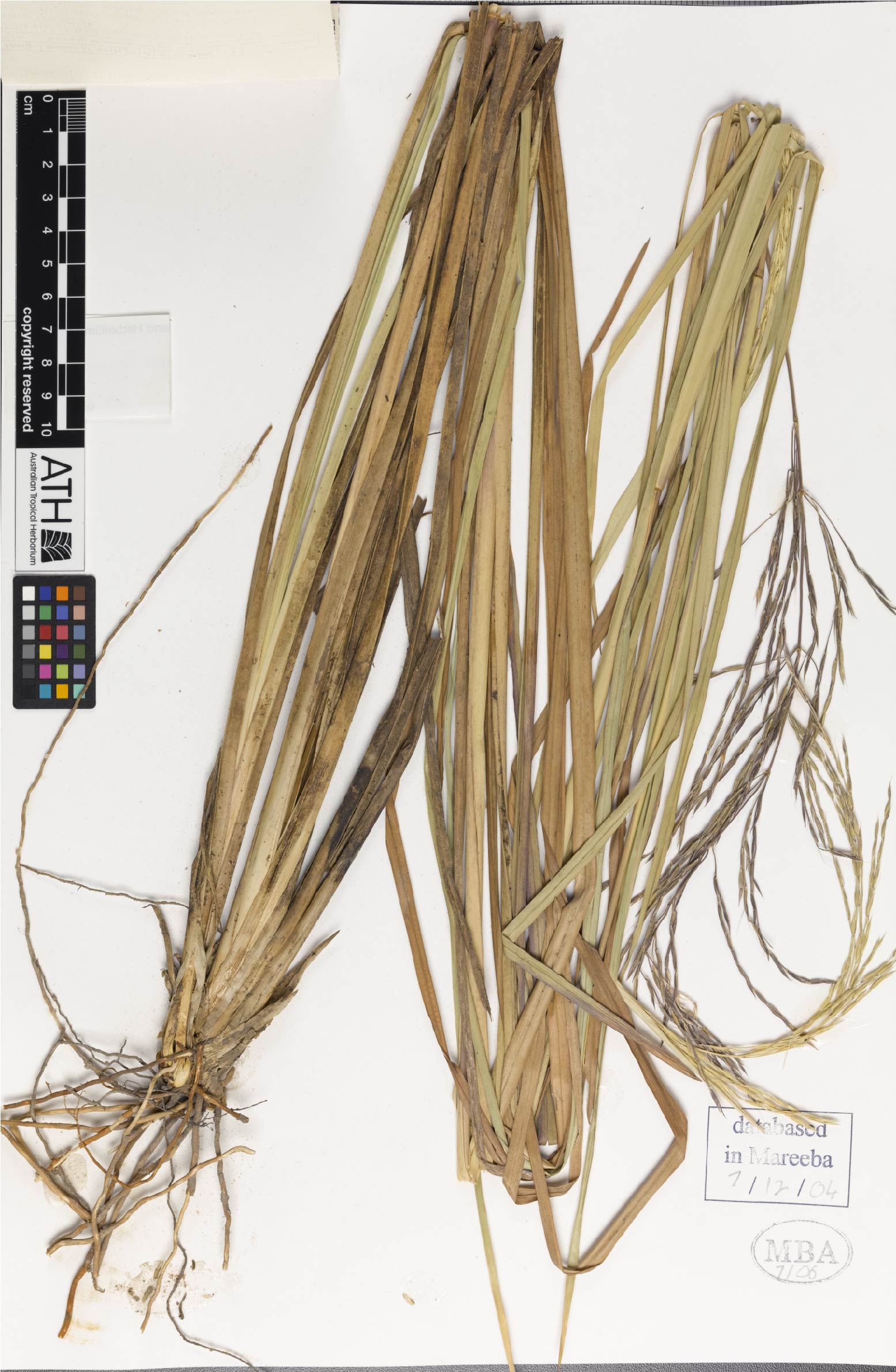
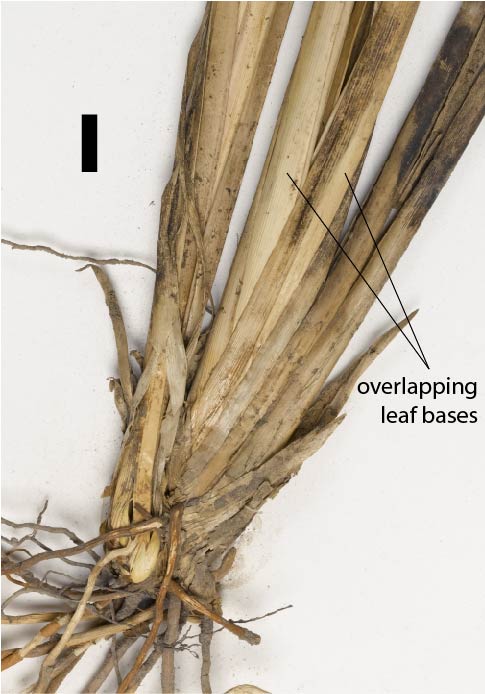
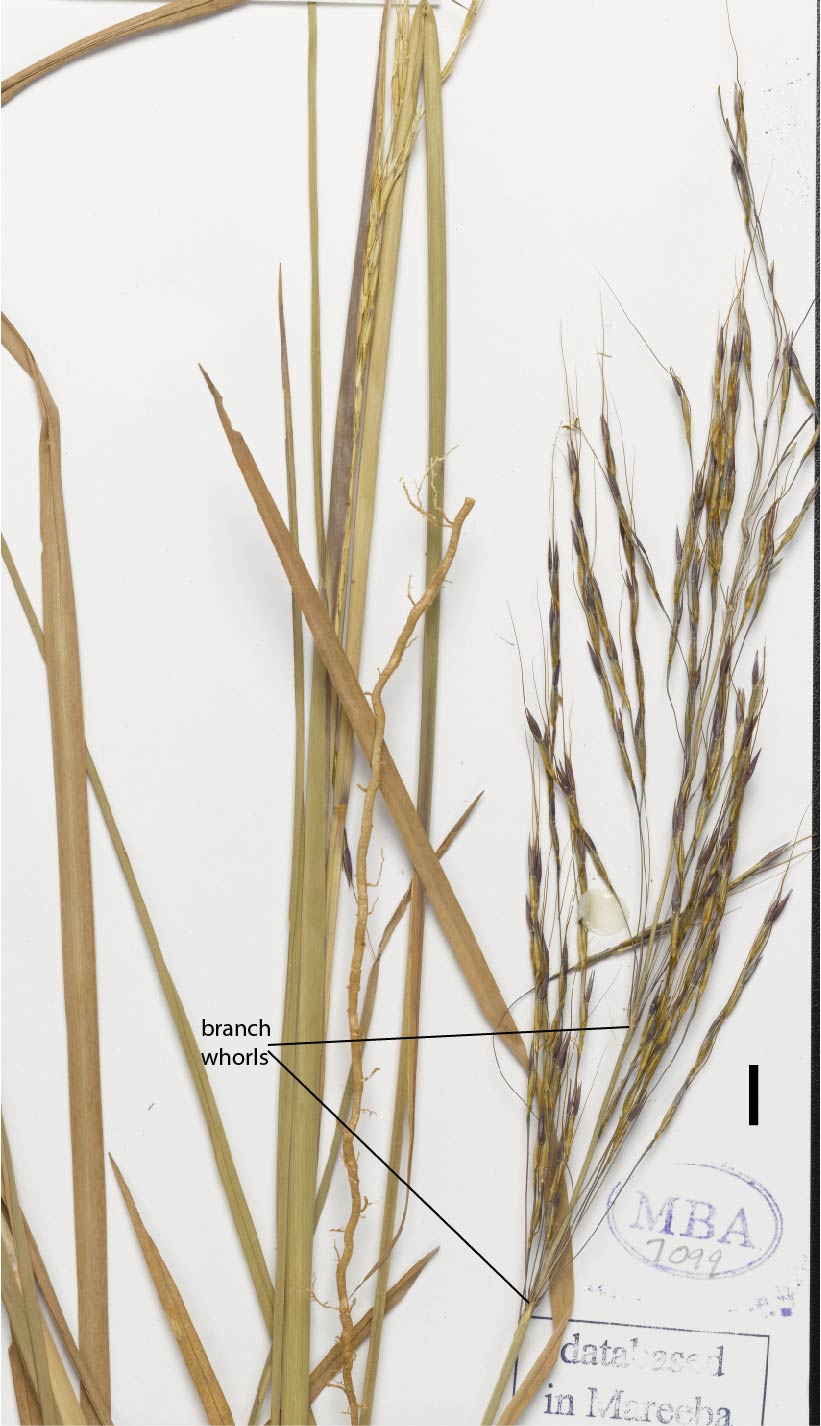
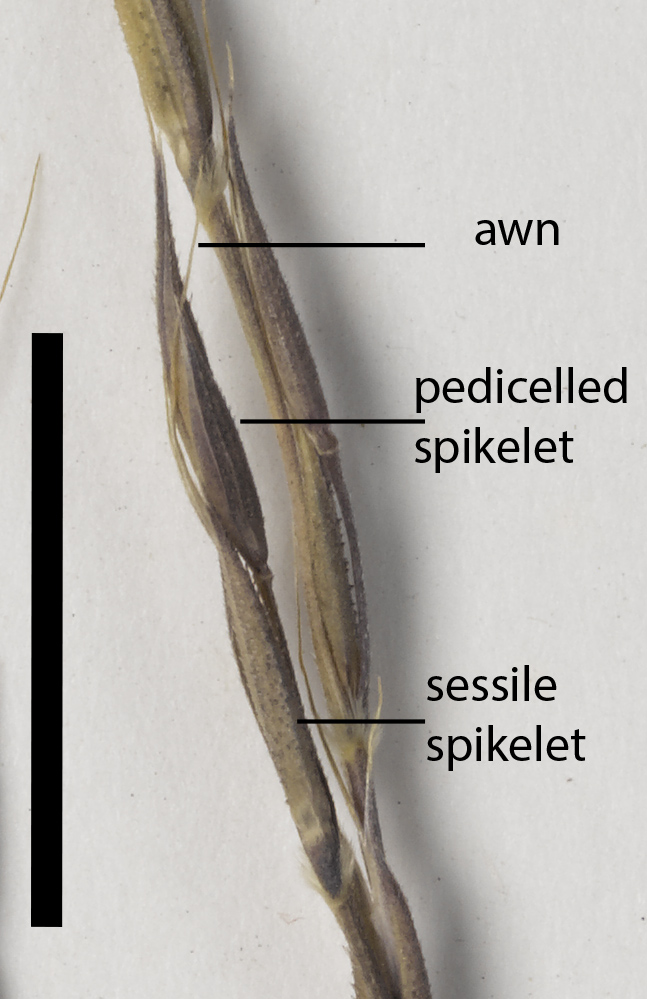
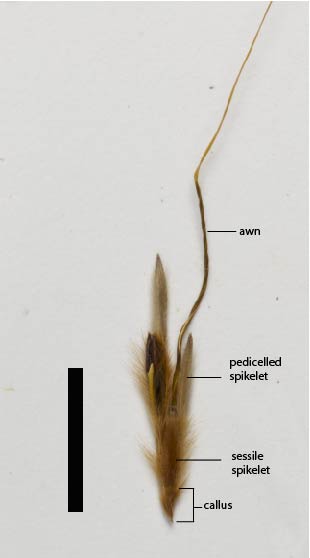
Resources
AVH (2017) Australia’s Virtual Herbarium, Council of Heads of Australasian Herbaria, <http://avh.chah.org.au>, accessed 30 May 2017.
Lazarides, M. (2002) Economic attributes of Australian grasses. Flora of Australia 43: 213-245.
Simon, B.K. (1989) Studies in Australian Grasses 4. Taxonomic and nomenclatural studies in Australian Andropogoneae. Austrobaileya 3(1): 95.
Simon, B.K. & Alfonso, Y. (2011) AusGrass2, http://ausgrass2.myspecies.info/accessed on [date 29 March 2017].

